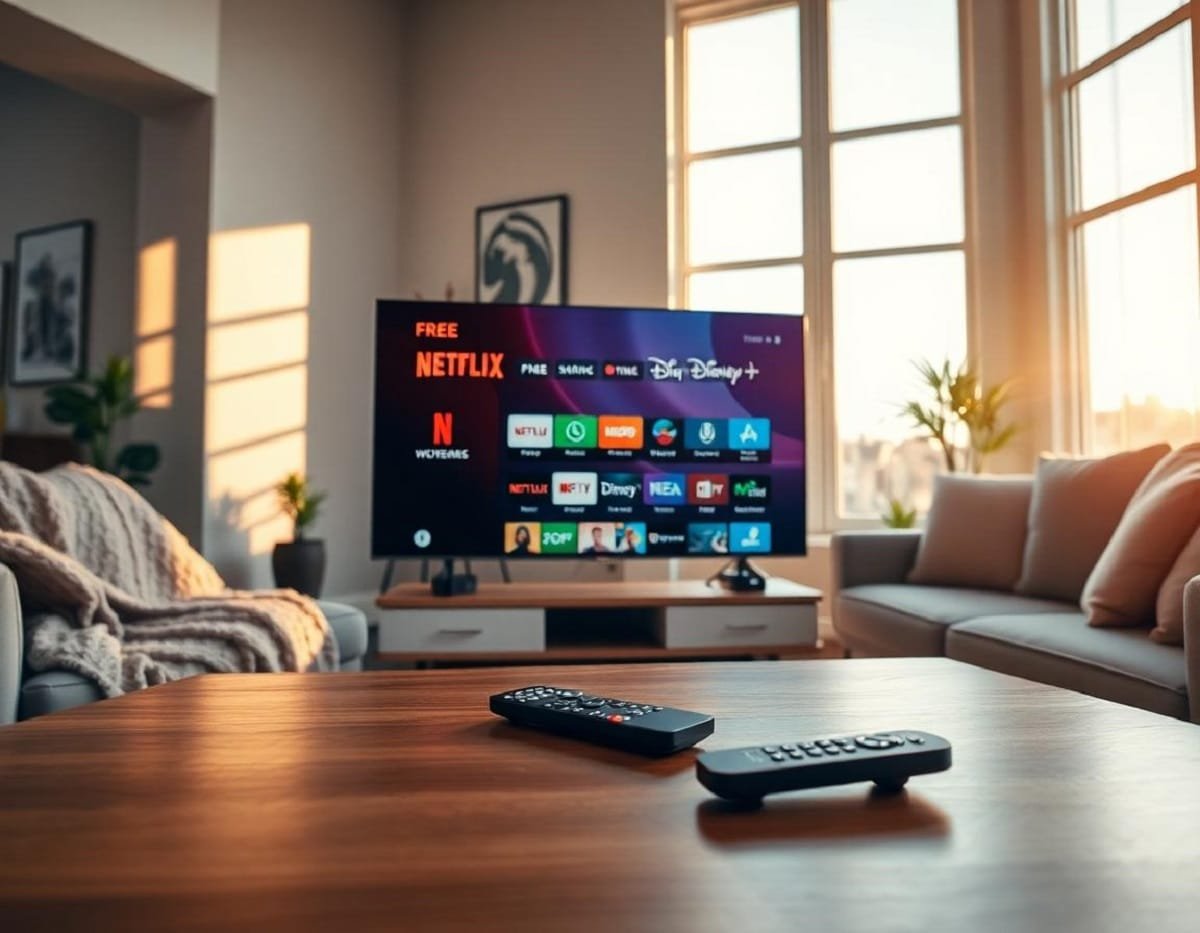
This guide tackles common questions
from Gen X and Boomers about saving money, watching local stations, and using streaming devices.
Cutting cable mainly saves money. My old cable bill was $189 a month. After I canceled, I only paid for internet, which brought my bill down to $60. That change put $129 back in my pocket monthly, which adds up to over $1,500 a year. I found I could watch more shows and movies than before, without the big bill.
To get local channels without cable,
try a digital antenna. Plug it into your TV and place the flat panel near or behind the screen for the best signal. In a big city like Houston, you can pick up about 150 channels. You’ll get major networks like CBS, NBC, ABC, and Fox, plus PBS and other stations with classic TV, sports, news, and different languages. Use the TV Guide app or website to see which channels are in your area. Plus, the antenna works even if your internet goes out.
Good internet is key for streaming. Most newer TVs are smart TVs, so they can connect right to the internet. If you have an older TV, you can use a Roku Streaming Stick. It plugs into your TV’s HDMI port and a power outlet. Roku usually costs between $30 and $50 and comes with a guide that makes it simple to pick channels. You can also use streaming devices on your phone, tablet, computer, or game console, but most people start with the TV.
Pluto TV is a top pick for free streaming. Its guide lets you sort by news, sports, lifestyle, and more. Tubi is another free service with lots of channels and a simple layout. Both apps work on smart TVs and streaming sticks. Roku TV adds hundreds of free channels with a guide that looks like regular cable. Amazon Prime members can use Freevee for on-demand movies and shows, though there are fewer choices than Pluto or Tubi. Prime Video also lets you rent new releases and offers a wide selection.
Managing paid streaming is simple if you use Prime Video. You can add subscriptions like Paramount Plus to your Prime account and control them all in one place, without extra passwords or payment details. Sticking to one or two paid services at a time helps you avoid high monthly costs since it’s easy to switch when you want.
Skip premium streaming bundles that act like cable. Free platforms like Pluto, Roku TV, and Tubi give most families plenty to watch. If you want premium shows, subscribe for a month, catch up, then cancel so you don’t rack up extra costs. Netflix is one of the few paid services with a lot for all ages.
Sports fans can watch live games on local channels picked up by an antenna, including most major league events. YouTube streams highlights and sometimes offers live games from ESPN, NBC Sports, and official sports leagues like MLB and NFL. If you have Hulu, you can access more sports through ABC and ESPN. Amazon Prime Video has some sports partnerships and offers paid sports add-ons. Pluto TV also offers free sports channels.
For news, Pluto TV streams both domestic and global stations live. YouTube has a big selection of news clips and full segments from networks like BBC, Fox News, CNN, MSNBC, Bloomberg, and many local outlets.
This guide shows how to use a mix of free and paid streaming to replace cable TV. Taking these steps can cut your costs, expand your channel choices, and keep you connected to sports, news, and the shows you enjoy.